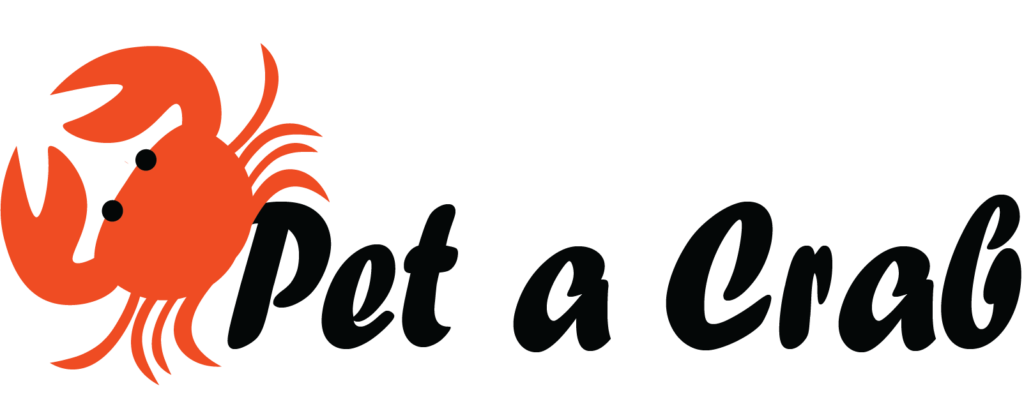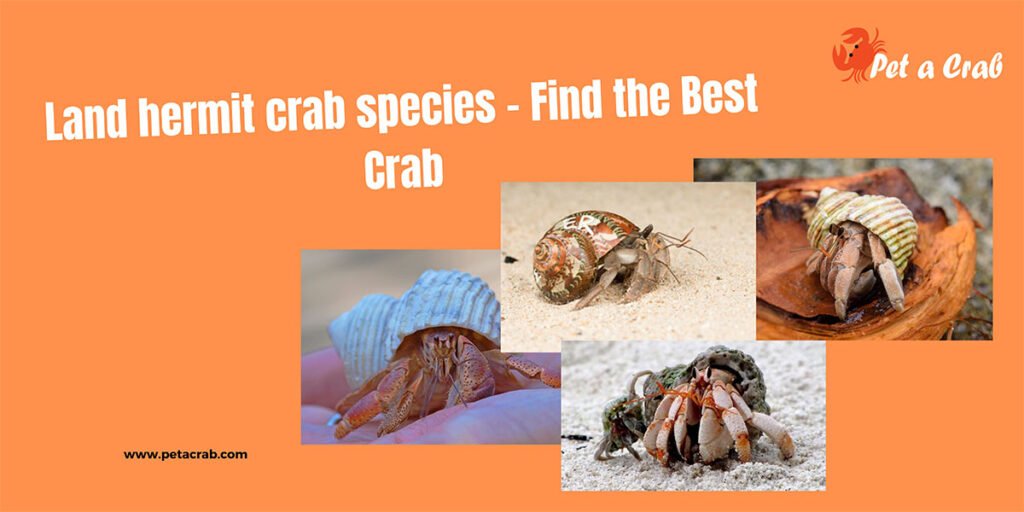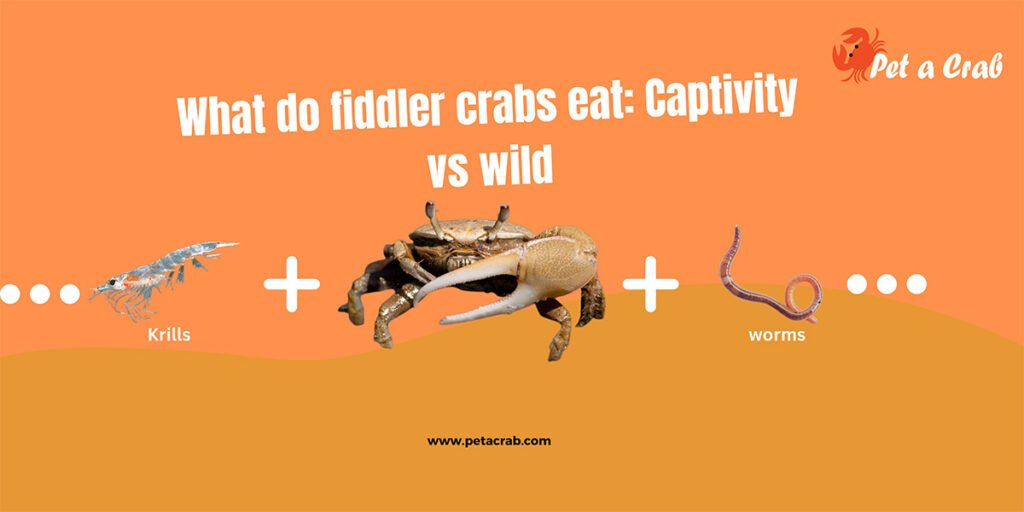The viola hermit crab, also known as Coenobita violascens, is a beautiful but rather uncommon crab in the hobby. Among the other crabs, they have specific requirements, such as warm temperatures, high humidity and some specific maintenance. In this article, I will tell you everything I know about zebra sunset hermit crabs and how to care for them.
What is a viola hermit crab?
A viola land hermit crab is a species of land hermit crab from the Coenobitidae family. Usually, it is native to Indonesia, Thailand, Cambodia, the Philippines and the Nicobar Islands. These crabs are identified by their unique, slender eyes as well as their red mouthparts. Violas are red, orange and brown when they are young. But as they grow, the color becomes blue and violet, from which they can get their name.
Quick Fact About Viola Hermit Crab
- Scientific Name: Coenobita violascens
- Origin: Indonesia, Thailand, Nicobar Islands, Cambodia, and Tanzania
- Size: Up to 5-7 cm
- Difficulty Level: Easy
- Temperament: Peaceful
- Temperature: 20-32c
- Tank Size: 10 Gallons
- Diet: Omnivores
- Water Type: Freshwater
- Breeding: Difficult
- Lifespan: Upto 10 years
- Common Names: Chocolate Sunset Viola, Sunset Viola, and Komurasaki land hermit crab
Interesting Facts About Coenobita violascens
- Viola land hermit crabs are relatively small hermit crabs, and individuals can grow up to 3 inches or slightly more.
- The Viola hermit crab has different color phases between the growing stages.
- Overall, the body color ranges from light lavender to dark violet, with ocular shades of greyish violet.
- Usually, the viola has compressed ocular peduncles, and their eyes are adorned with black corneas.
- The left chelipeds are larger than the right chelipeds. Besides, each chela has a tuft of dense setae on the upper inner margin.
- The antennular peduncles are long and the basal segment is wide. Besides, the flagellum’s lower part is half the length of the upper part.
- The telson of the crabs has a distinct incision that separates anterior and posterior portions.
Key Characteristics of Coenobita violascens
Natural Distribution
The majority of species are distributed in southwest Asia, Indonesia, Thailand and the Philippines. In some reports, they also found certain African countries, such as Kenya, Tanzania, Zanzibar and Mayotte.
Habitat
The Chocolate Sunset Viola crab is mostly found in the supralittoral zone, especially mangrove estuaries. The juveniles favour the mangrove forests as a shelter, while adults venture to beaches.
Behavior
Like the other species of crabs, violas are nocturnal animals. This behavior is not uncommon for these grazing invertebrates. Typically, the behavior is mainly associated with attempting to avoid visual predators. Their activity starts at dusk and gradually stops during the night. In addition, they are a very social species. Besides, Viola hermit crabs interact with each other in their natural environment.

Diet
The Komurasaki land hermit crabs are great scavengers and omnivores. So that means they can eat everything they see. Generally, they feed on plant and animal material in the internal and supratidal areas, including leaves, fruits, dead animals and coconuts. In captivity, they will consume foods such as corn, spinach, oak leaves, carrots, leafy vegetables, tree bark, broccoli, pumpkin and red peppers.
Water
In captivity, they need constant access to freshwater to maintain gill moisture. However, it is recommended that creating favorable environments for this species be crucial, such as freshwater and saltwater. So provide them with a bowl of salt water and a bowl of fresh water.
- Preparing saltwater: To prepare saltwater, you can use instant ocean marine salt. This is a great choice because it is pretty cheap and will last a very long time.
- Preparing freshwater: Generally, provide them with something like bottles of spring water. However, if you want to use tap water, let it age for 24 hours before using it.
- Molting
For the growth of these crabs, periodic molting is crucial. The molting process is characterized by the complete replacement of the old, mineralized exoskeleton with a new one. In general, they shed their old shells and harden their new ones within the burrow to increase their chances of surviving.
Breeding of viola hermit crabs
In captivity, breeding is impossible. So currently, the pet industry completely depends on wild-caught species.
Lifespan
The Viola Land hermit crab can live up to 20 to 30 years. They live a long time if provided with proper care and housing.

How do you care for Viola hermit crabs?
Below, I am providing some handy tips that you should follow to keep them healthy and happy.
Tank Size
While the viola hermit crabs are small in size, they are pretty active at night. So they may require a lot of space to move and play in the tank. Usually, a 10-gallon tank is preferable for one small-size viola crab. Besides, 20 gallons are required for a pair of crabs.
Temperature
Usually, the coenobita violasesa prefers a warm temperature range between 75-86F. So that it is very important to remember, lower temperatures become sluggish and slow for these crabs.
Humidity
To breathe properly, they may often require humid air. Thus, an ideal humidity range is between 70 and 90%.
Substrate
When molting, they burrow to hide, rest and protect themselves. So, it is very important to have a deep, moist substrate into which they can easily burrow. Generally, the substrate range should be 6 to 8 inches deep.
Frequently Asked Questions
Which are some popular substrates for these viola crabs?
Some popular choices of the substrate include coco fiber, peat moss, jungle mix soil, organic topsoil, and reprisal.

How often should I feed Coenobita violascens?
The adult crabs can be fed three to four times a week. Besides, the juveniles should be fed daily.
Does Viola hermit land crab require nutrients?
Yes, they require nutrients like calcium, carotene and antioxidants to be healthy.
Do violas hermit crabs bite or pinch?
Usually, they are not aggressive so they do not bite. But they will reach out and hold on with their pincher claw.
How much do viola hermit land crabs eat?
They eat very little. Besides, they can go several days up to two weeks without food. To maintain the moisture of their grills, they store water on their backs.
Related article – Interesting anemone hermit crab


